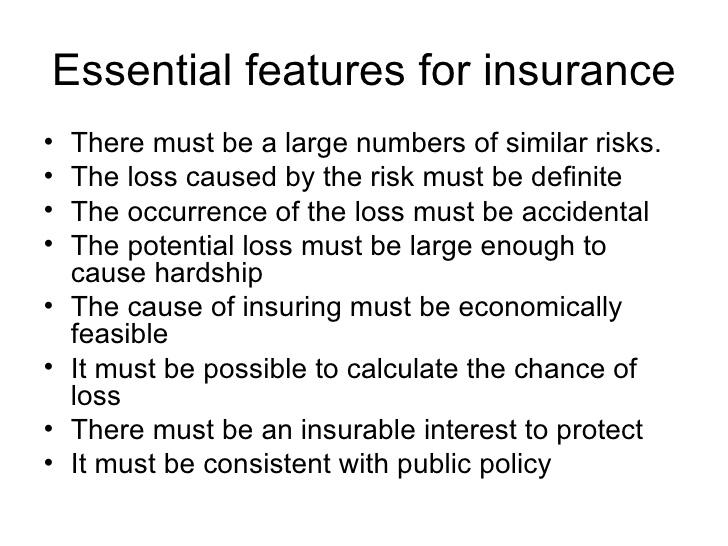Choosing the right life insurance policy is a crucial decision that can significantly impact your financial security and peace of mind. As you navigate through different stages of life, your financial responsibilities and priorities evolve, making it essential to reassess your insurance needs regularly. This article aims to guide you through the process of selecting the best life insurance for your current stage of life, whether you are just starting your career, raising a family, or planning for retirement. By understanding the various types of life insurance policies available and considering your unique circumstances, you can make informed decisions that align with your long-term financial goals.
Understanding Different Types of Life Insurance Policies
Navigating the world of life insurance can be daunting, but understanding the various types can help tailor your choice to your specific needs. The most common types of life insurance policies include term life insurance, whole life insurance, and universal life insurance. Each has its own distinct features that cater to different financial goals and stages of life. Term life insurance offers coverage for a specific period, typically 10 to 30 years, and is ideal for those seeking affordable, temporary protection. It ensures financial security during crucial years, such as while raising children or paying off a mortgage.
Whole life insurance, on the other hand, provides lifelong coverage with the added benefit of building cash value over time. This policy suits individuals looking for both a death benefit and a savings component. Universal life insurance offers more flexibility, allowing policyholders to adjust their premiums and death benefits as their needs change. It can be a good fit for those with fluctuating financial situations. When selecting a policy, consider factors such as coverage duration, premium costs, and financial objectives to ensure you choose the best fit for your current stage of life.

Evaluating Your Financial Needs and Goals
Understanding your financial landscape is crucial when selecting the right life insurance policy. Begin by assessing your current financial obligations and future needs. Consider the following:
- Current Debts: Calculate outstanding loans, mortgages, and credit card balances.
- Income Replacement: Determine how much income your family would need if you were no longer there to provide for them.
- Future Expenses: Factor in potential costs such as your children’s education, retirement savings, and any other long-term financial commitments.
Once you have a clear picture of your financial situation, set specific goals. Are you looking to cover immediate expenses, or are you planning for long-term security? Defining your objectives will help you choose between term life insurance, which is typically more affordable and covers you for a specific period, and whole life insurance, which offers lifelong coverage and a savings component. Aligning your policy choice with your financial goals ensures that you are adequately protected at every stage of life.

Considering Age and Health Factors in Life Insurance Selection
When selecting life insurance, it’s crucial to evaluate how your age and health status influence your options. Age is a primary factor that insurers consider; typically, the younger you are, the lower your premiums. This is because younger individuals are statistically less likely to claim benefits soon. However, it’s not just about the cost. Younger policyholders might prefer term life insurance to cover specific financial obligations like mortgages or child-rearing expenses. As you age, whole life insurance could become more appealing due to its investment component and lifelong coverage.
Health considerations play an equally important role in determining the type and cost of life insurance. Here are some health-related factors to consider:
- Your current health status and medical history can significantly affect your eligibility and premium rates.
- Some insurers offer policies without medical exams, although these might come with higher premiums.
- Consider any hereditary conditions that might impact your health in the future.
Understanding how these elements interact will help you choose a policy that not only fits your budget but also aligns with your long-term financial goals.

Comparing Policy Features and Costs
When evaluating life insurance options, it’s crucial to delve into the specific features and costs associated with each policy. Term life insurance generally offers lower premiums compared to whole life insurance, but it provides coverage for a specified period, making it a suitable choice for young families or individuals with temporary financial obligations. In contrast, whole life insurance includes an investment component and lifelong coverage, appealing to those seeking long-term financial planning and cash value accumulation.
Consider these key features when comparing policies:
- Premium Flexibility: Some policies offer level premiums, while others may increase over time. Choose based on your financial predictability.
- Cash Value Growth: Whole life policies can accumulate cash value, which can be borrowed against or used for retirement planning.
- Riders and Add-ons: Evaluate optional features such as disability waivers, accidental death benefits, or long-term care riders that can tailor the policy to your needs.
- Conversion Options: Check if term policies offer conversion to permanent policies without a medical exam, providing flexibility as your needs evolve.
Ultimately, balancing the cost against the features that align with your current life stage and future goals will guide you to the best life insurance policy for your needs.

